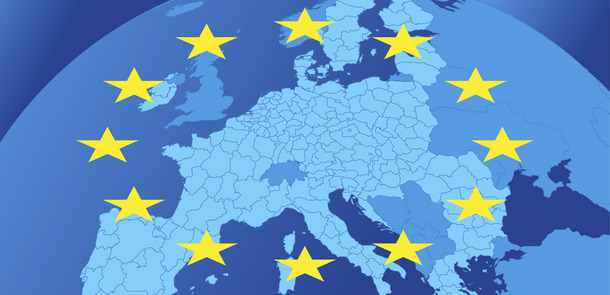Despite the free movement of workers within the EU, labor migration flows in the Union remain modest. Nonetheless, greater mobility gives rise to considerable opportunities. How can we make better use of the available opportunities in the European labor market?
The economic and financial crises have led to a sharp increase in unemployment in several EU member states. In the crisis-stricken states of southern Europe in particular, many people are still without jobs. Unemployment rates among young people are particularly high. At the same time, employers in Germany and other north European states are struggling to fill positions with skilled workers.
This structural imbalance in the European labor market could be mitigated through improved geographical mobility in the workforce. The EU principle of the free movement of workers stipulates that every EU citizen be allowed to work in any EU member state and under the same conditions as a national. This provides people with little or no hope of gainful employment in their home country the opportunity to seek employment elsewhere in the EU and thereby improve their standard of living.
The crisis in southern Europe has in recent years generated new migration flows from the southern states to the economically robust northern EU member states. However, in comparison to East-West mobility, South-North mobility in the EU remains modest. The opportunities presented by the free movement of workers in reducing southern Europe’s high rates of unemployment and mitigating structural imbalances in the labor market are effectively not being tapped.




